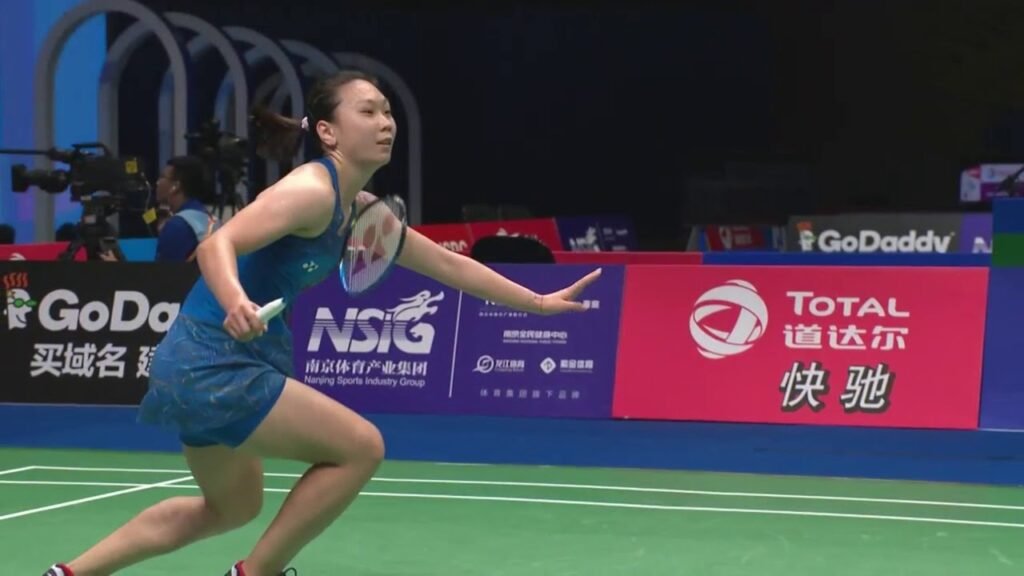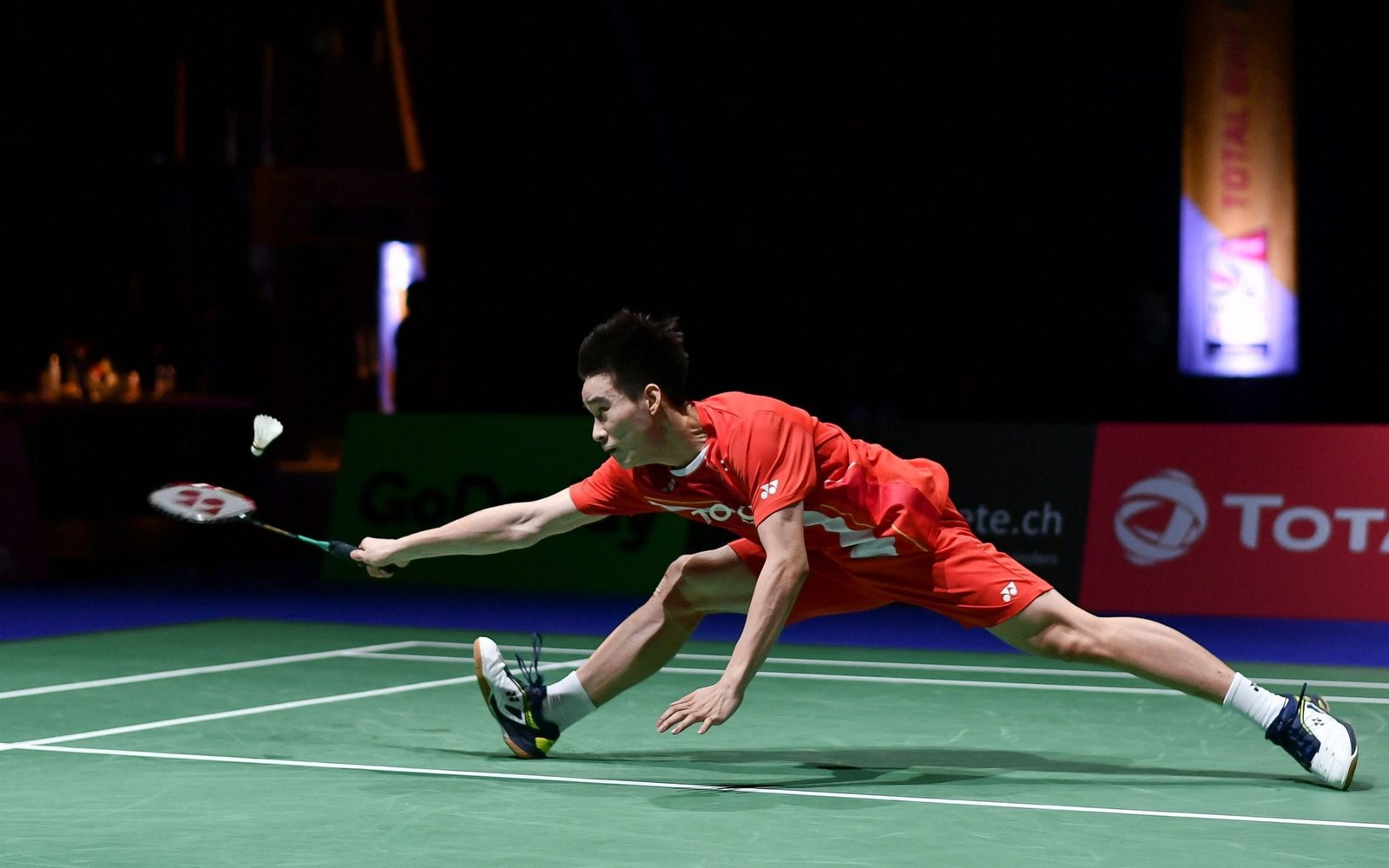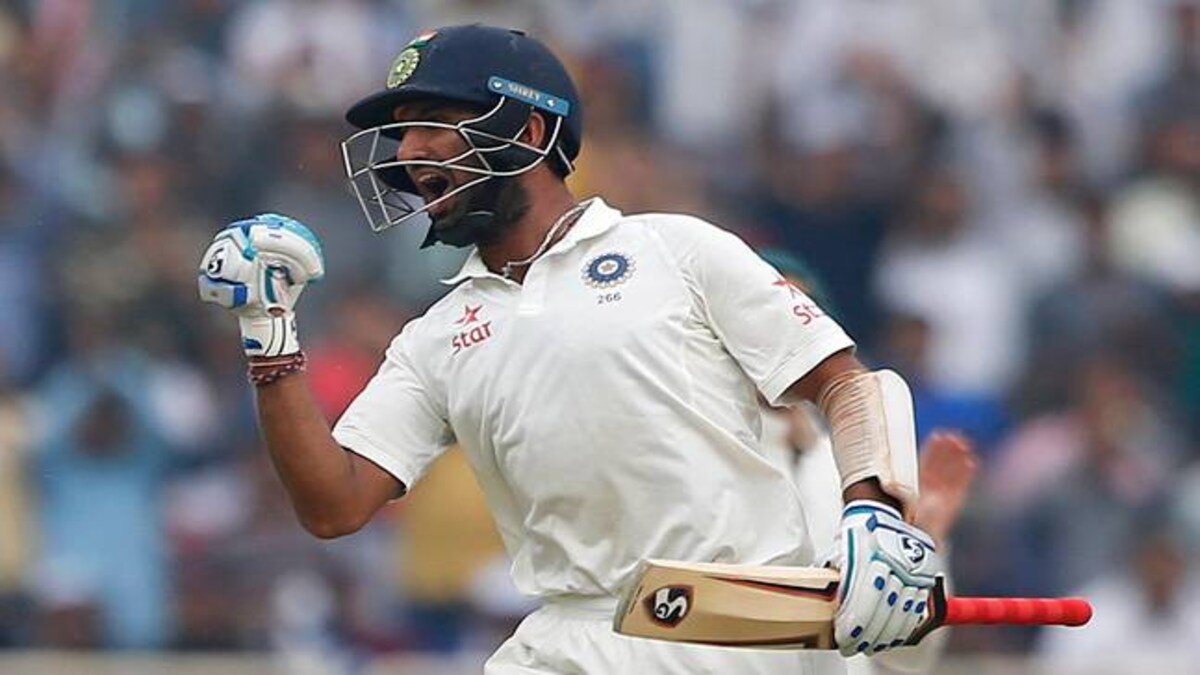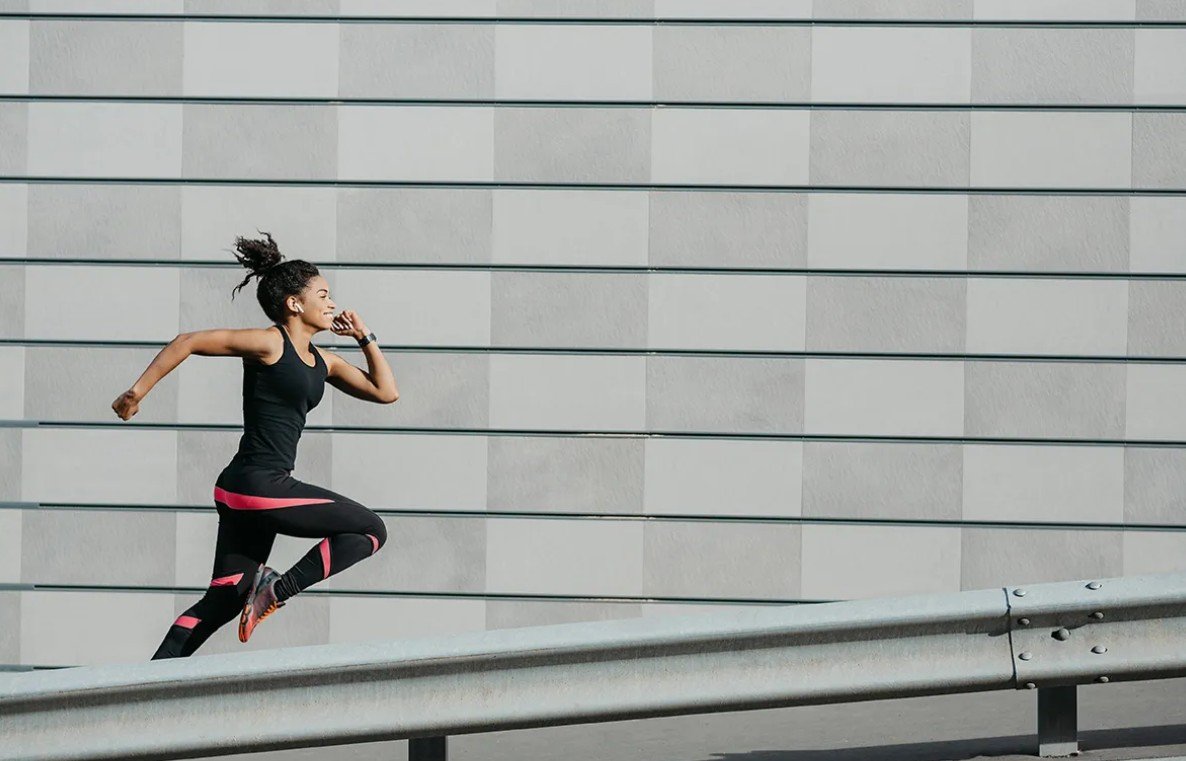How to Improve Your Reaction Speed on the Court
In sports such as Football, Lawn Tennis and Basketball, reaction speed can mean the difference between winning and losing. The Reaction speed is the time it takes for an athlete to respond to a particular situation. For example, in Lawn Tennis, players have to remain on their toes and show an incredible reaction time to return the shot which comes at an incredible speed. It holds true for every other sports as well. Since the margin at the very top of any sport is minimal, the team or the player who win the 50-50 battles often end up winning the matches.
What Is Reaction Speed?
In simpler terms, reaction speed in sports is the time taken by an athlete to respond to his opponent’s move, like a goalkeeper saving a penalty, which requires the goalie to guess his opponent’s move, in which direction he is going to kick the ball, and then jumping in the same direction.

How to Improve Your Reaction Speed on the Court
Step 1: Train Your Brain
Brain holds the key to everything we do. Even if an athlete is maintaining peak physical health, without mental toughness and positive attitude, the chances of success are slim to none. Reaction speed depends on brain’s central nervous system which processes speed. So to improve your reaction speed, start with mental training exercises that sharpen your cognitive abilities and decision-making skills.
1. How to improve Cognitive Skills
There are various ways a person can improve his cognitive skills. The best approach is to engage in activities that challenge your brain. Playing video games that require quick reflexes, such as racing games or first-person shooter games, can help improve hand-eye coordination and decision-making under pressure. Puzzle games also enhance problem-solving skills.
2. Visualization Techniques
Many great athletes visualize the end result, like they are winning the ultimate prize and lifting the trophy. This is an old technique that helps you prepare for the upcoming games. Also, imagine yourself responding to different plays, such as facing a fast bowler bowling at more than 150Km/h and think how you should or will react. This mental practice can make the reactions in a match feel like more automatic.
3. Meditation and Mindfulness
A calm mind can help you tackle anything. Meditation is the oldest technique to train your mind to stay in the present and not worry about anything. It leads to an improved focus and quicker reactions.
Also Read: Creating a Balanced Diet for Young Athletes
Step 2: Enhance Physical Reflexes
Often, the mind makes the decision faster than the reaction from your body. This difference is something that can be labeled as slow reaction speed or bad reflexes. So in order for your body to execute the decisions your brain makes, you have to have good reflexes. Some athletes are born with good reflexes while other have to develop through various forms of exercises, such as:
1. Practice with Reaction Ball
Do activities such as practicing with a reaction ball – a small, irregularly shaped ball that bounces unpredictably, or chase cats (😁). This activities require you to react quickly, thus, helping you to enhance your reflexes and hand-eye coordination. Also, show creativity, hit the ball against a wall and try to catch it as it rebounds unpredictably.
2. Practice with a Partner
Practice with a partner who can provide match-like situations. For example, ask your partner to hit the shuttle from the net, to either side, and without warning. Now, you, as a player, try to react to match-like situation and return as many shots as possible. This way, you prepare for the unpredictability of real-game scenarios. This drill also helps you to improve your reflexes.
3. Shadowing Exercises
Sir Don Bradman used to do shadow practice, while the great Mike Tyson also included Shadowing Boxing in his training routine to prepare better for his duals. Almost all the great athletes do this type of training, which helps them develop better reflexes. It’s also useful for improving footwork and prepare you better for the matches.
Also Read: Top Nutrition Myths That Hurt Athlete Performance
Step 3: Build Speed
No matter how much skills you possess, if you don’t have the speed, you are likely to be outplayed by someone with explosiveness. It’s the speed that gives you options, such as winning 50-50 battles, better reaction speed and better reflexes. to the ability to generate power quickly, which is crucial for fast reactions. So, here’s a complete guide on how to build Explosive Speed.
Step 4: Keep a tab on Your Lifestyle
No matter how much efforts you put into your practice sessions or if you are a natural athlete possessing immense skills, your lifestyle ultimately holds significance over your success on the field. Good habits such as sleeping on time, eating only healthy foods and not spending too much time on screen ultimately play a key role in the life of an athlete. Here are some tips on how to keep a healthy lifestyle that play a crucial role in the reaction speed:
1. Nutrition
Feed your body only the right nutrients and in the right proportions. Foods rich in antioxidants, and omega-3 fatty acids support brain function and neural health, which are crucial for quick reactions.
2. Sleep
There’s no substitute for sleep at all. It’s the best meditation for a healthy mind. If you sleep on time and takes a sound sleep of 8-9 hours, you will always feel refresh. Sleep is perhaps the most essential factor for cognitive processing and motor skills.
3. Hydration
Always drink fluids to keep your body hydrated. For, dehydration can lead to impair cognitive and physical performance. Also, try to include liquids such as energy drinks, in your pre and post-match training sessions.
4. Stress Management
High stress levels leads to slow reaction time and a lot of other negative issues. Using techniques such as deep breathing, yoga, swimming or playing video games can help you stay calm and focused under pressure-cooking situations in a match.
Step 5: Simulate Game Scenarios
Perhaps the best way to enhance reaction speed on the court is by practicing in game-like conditions. Here are some tips to achieve this:
1. Small-Sided Games
Play small-sided games, such as 3v3 in a football game, to create a fast-paced environment which demands constant decision-making opportunities.
2. Pressure Drills
Practice under time constraints or with added pressure. For example, set a timer for shooting drills or challenge yourself to complete a drill with an opponent closing in.
3. Film Analysis
Review game footage to analyze your reactions. Look for moments where you hesitated or reacted too slowly, and identify patterns to address in training.
Consistency is Key
Improving reaction speed on the court is not an overnight process. It’s a skill that need to be improved and it requires consistent effort and a certain degree of discipline. Always think positive and keep talking to yourself that you can do this, and you can achieve the goals you have set for yourself. Also, try to do all the activities we mentioned above. With time, you’ll find yourself reacting faster, making better decisions, and dominating the court like never before.
Follow us on Facebook, Instagram and LinkedIn.
Share this content:




Post Comment